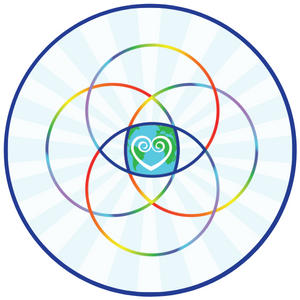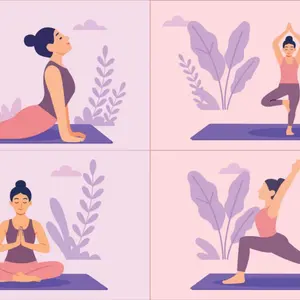

Traditional World Medicine

Traditional World Medicine
Understanding Two-Eyed Seeing: A Holistic Approach to Knowledge and Healing
Two-Eyed Seeing, or Etuaptmumk in the Mi’kmaq language of Eastern Algonquian's, is a concept that encourages viewing the world through both Indigenous and Western knowledge systems. Introduced by Mi’kmaq Elder Dr. Albert Marshall, it is rooted in the idea that no one way of knowing holds all the answers. Instead, it emphasizes the strengths of each perspective and invites people to work together to create more balanced, respectful, and effective solutions to the challenges we face.
At its heart, Two-Eyed Seeing is about more than simply blending two viewpoints. It is a philosophy and way of life that values learning across cultures, acknowledges the role of spirit and relationship in understanding, and supports decision-making grounded in responsibility to future generations. It respects the careful observation and evidence-based methods of Western science, while equally honoring Indigenous knowledge passed down through generations of living closely with the land. This includes traditional ecological knowledge, which encompasses an understanding of local environments, seasonal cycles, and the interconnectedness of all life.
In practice, Two-Eyed Seeing can be applied in many areas, including environmental management, education, research, and health care. One example is in the restoration of a river ecosystem. Scientists may bring in tools to measure water quality, study species populations, and assess physical changes in the landscape. At the same time, Indigenous Elders may share knowledge about the river’s traditional uses, spiritual importance, and long-term patterns that are not recorded in scientific data. Together, these insights create a more complete picture, leading to restoration efforts that are ecologically sound, culturally respectful, and more likely to be supported by the whole community.
Two-Eyed Seeing promotes co-learning and mutual respect between Indigenous and non-Indigenous peoples. It helps shift the focus from individual or short-term goals to the well-being of communities and ecosystems over time. In doing so, it supports a more holistic approach to health and healing—one that considers body, mind, spirit, and environment. By encouraging collaboration and the use of all available knowledge, Two-Eyed Seeing contributes to reconciliation, stronger communities, and more sustainable futures.


 By
By







